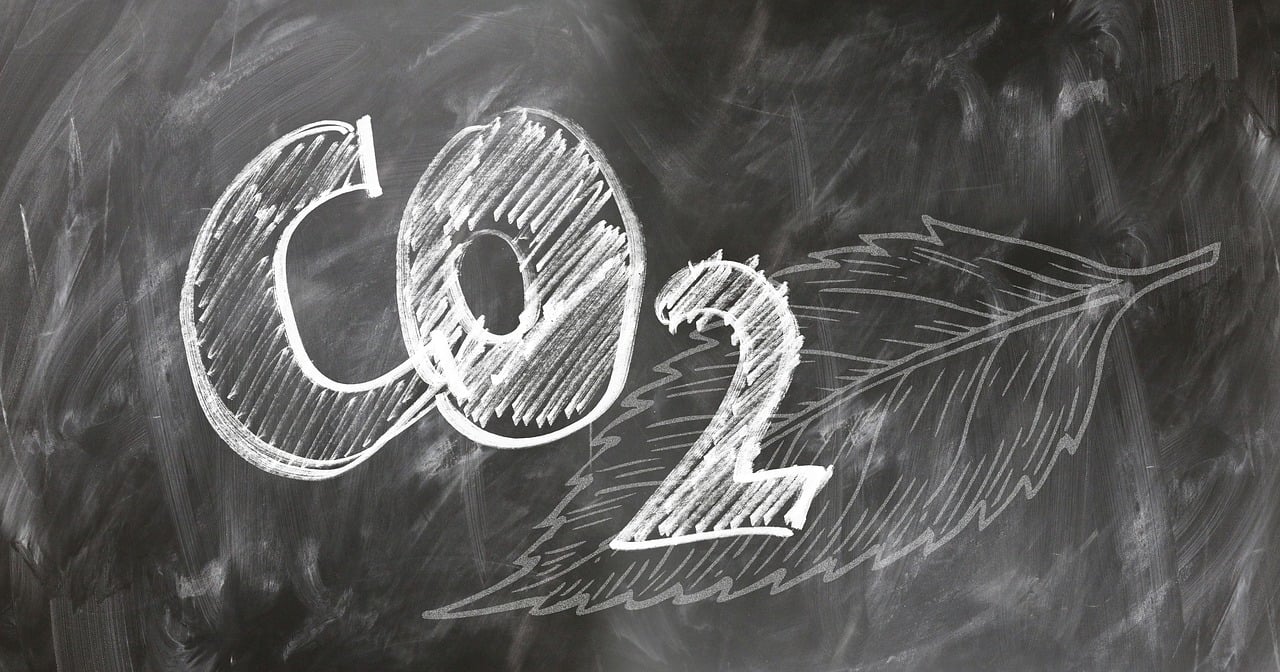Back in 2015, almost 200 countries signed the landmark Paris Agreement. Each country submitted a national plan to cut carbon dioxide emissions. The world leaders agreed to take necessary steps to limit global average temperature rise to less than 2 degrees Celsius from pre-industrial revolution levels by the end of this century. But only a few countries have taken concrete actions to reduce their carbon output. Here we take a look at the top 10 highest carbon dioxide emitting countries in the world.
Despite the Kyoto Protocol, Paris Agreement, and growing awareness about the climate emergency, global carbon emissions increased 2.7% in 2018. China and the US alone are responsible for nearly 40% of the world’s carbon dioxide emissions.
According to scientists, the atmospheric CO2 was around 280 parts per million (ppm) during the pre-industrial revolution period. It has since skyrocketed to 414 ppm in 2019. CO2 is an important constituent of our atmosphere, but the growing concentration of CO2 is leading to global warming and climate change.
Coal, natural gas, oil, industrial waste, and deforestation are some of the biggest sources of atmospheric CO2. The ranking below is based on the latest data from Global Carbon Atlas. These are the top 10 largest carbon dioxide emitting countries on the planet.
10- Indonesia, 0.61 billion metric tons
Indonesia is the largest economy in Southeast Asia. Fossil fuels, deforestation, and peatland fires are biggest contributors to the country’s greenhouse gas emissions. Indonesia is also one of the world’s largest exporters of thermal coal. The country is also investing heavily in coal-powered electricity generation to meet its growing energy needs.
9- Saudi Arabia, 0.62 billion metric tons
Oil-rich Saudi Arabia is one of the world’s highest carbon dioxide emitting countries. The kingdom emits 18 metric tons of CO2 per capita, one of the highest in the world. Saudi Arabia has pledged to reduce its dependence on oil, and invest in renewable energy sources. In March 2018, the kingdom signed a deal with SoftBank to build a 200GW solar power plant, but canceled the plan a few months later.
8- South Korea, 0.66 billion metric tons
South Korea is one of the wealthiest nations in Asia. It accounts for 2.1% of the world’s CO2 emissions. Since the 2005 Kyoto Protocol, South Korea’s carbon emissions have jumped an estimated 34%. The country relies heavily on coal for power generation. A couple of years ago, South Korea released its plan to increase energy production from renewable sources.
7- Iran, 0.72 billion metric tons
Iran is ahead of Saudi Arabia in terms of CO2 emissions. The Middle-Eastern nation emitted 0.72 billion metric tons of carbon dioxide in 2018, according to Global Carbon Atlas. That’s much higher than 0.67 billion metric tons it emitted in 2017. According to the Iranian Meteorological Department, its average temperature has increased 1.8 degrees Celsius since 1750.
6- Germany, 0.76 billion metric tons
Germany is one of the world’s most industrialized nations, but it has been taking concrete steps to reduce carbon emissions. The European economic powerhouse has seen a dramatic decline in coal consumption in recent years. Germany has set an ambitious target to cut its greenhouse gas emissions by 55% by 2030 compared to the 1990 levels. It has been investing heavily in the renewable energy sector.
5- Japan, 1.16 billion metric tons
Japan accounts for 3.4% of the world’s carbon dioxide emissions. It emitted 1.16 billion metric tons of CO2 in 2018, down from 1.2 billion metric tons in 2017. The country aims to reduce its carbon emissions to 1.04 billion metric tons by 2030. Japan’s carbon emissions had jumped following the Fukushima nuclear disaster, but the country has managed to reduce emissions since then.
4- Russian Federation, 1.71 billion metric tons
Russia is one of the world’s largest producers of oil and natural gas. Natural gas and coal remain the leading sources of power generation in the country. According to Russia’s ministry of natural resources, the country is warming at twice the rate of the rest of the world. The occurrences of heat waves and wildfires have gone up in Russia as it struggles to upgrade its outdated energy infrastructure.
3- India, 2.65 billion metric tons
The world’s second-most populous country accounts for 7.3% of the world’s carbon dioxide emissions. Coal is the primary source of electricity generation in the country, even though India is actively investing in renewable sources of energy. The country is going to rapid industrialization and urbanization, which is expected to drive up energy consumption. India aims to generate 40% of its energy through renewable sources by 2030.
2- United States, 5.41 billion metric tons
The United States’ population is only one-fourth of India, but it emits twice as much CO2 as India. It emits 17 metric tons of CO2 per capita. The US is one of the very few countries that never ratified the Kyoto Protocol. It has also withdrawn from the Paris Agreement. But its carbon emissions have been declining slowly due to the falling consumption of coal.
1- China, 10.06 billion metric tons
China is by far the world’s highest carbon dioxide emitting country. It accounts for about 27% of the world’s CO2 emissions. And its emissions continue to grow rapidly. Fortunately, China is pouring billions of dollars into wind, solar, hydroelectric, and nuclear energy. It’s the world’s largest market for electric vehicles. It still emits more CO2 than the next three countries combined.



